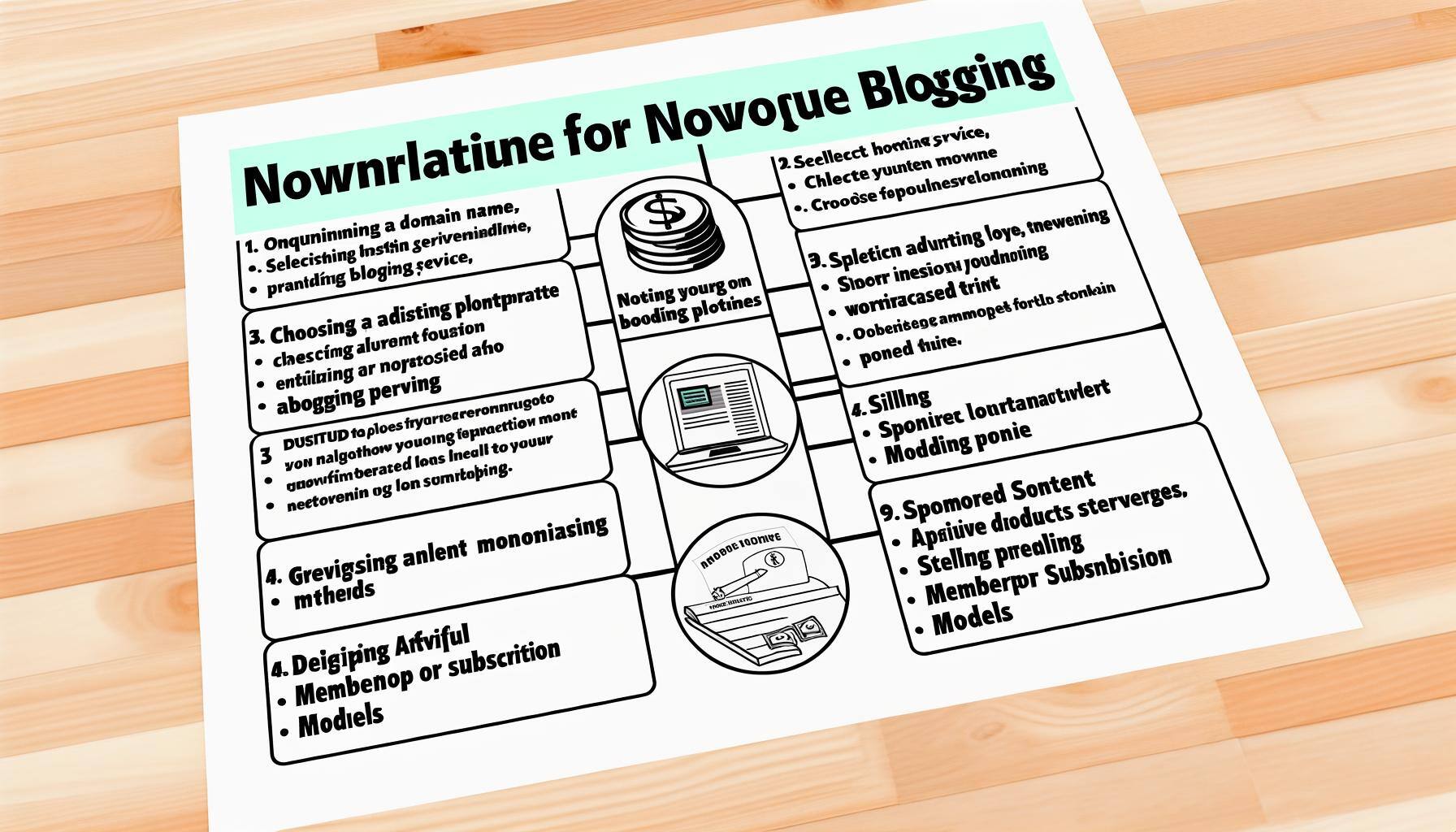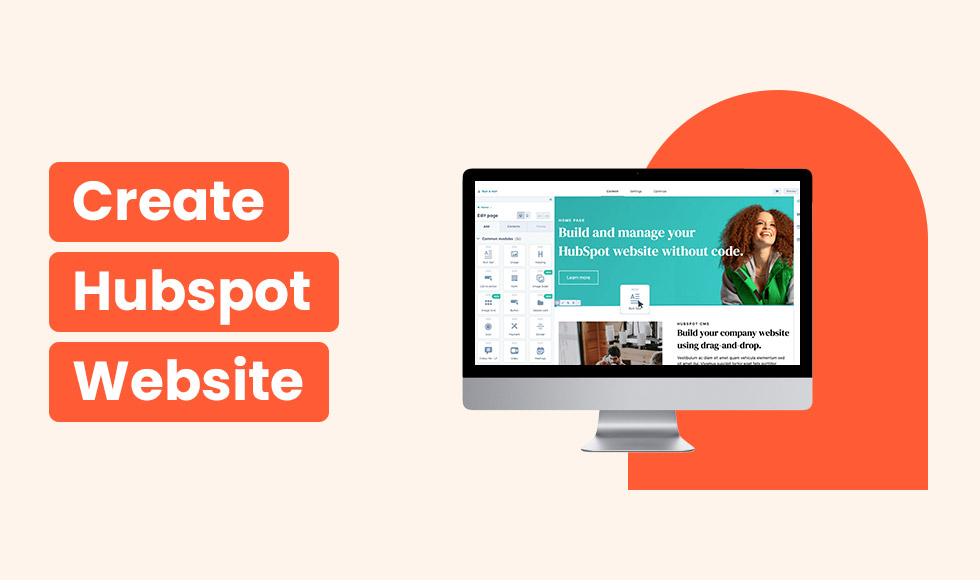How to Start a Successful Blog in 2024: The Ultimate 10,000-Word Guide
The digital landscape may evolve, but blogging remains a powerful tool. This comprehensive guide empowers individuals and businesses to build successful blogs in 2024. You'll learn:
- Finding your niche: Discover your passion area and ensure audience demand (Google Trends, Ahrefs, SEMrush).
- Choosing the right platform: Explore popular options like WordPress.org, Wix, and Squarespace (Links to platforms and hosting providers).
- Setting up your blog: Master domain selection, web hosting (shared, VPS, dedicated), and basic blog setup.
- Crafting a user-friendly design: Choose a responsive theme, customize layouts (navigation, headers, footers), and prioritize fast loading times (ThemeForest, Elementor, Beaver Builder).
- Creating compelling content: Develop a content strategy, write high-quality blog posts, and utilize tools like Grammarly and Canva (CoSchedule, Trello).
- Optimizing for SEO: Boost search engine visibility through keyword research, on-page optimization (title tags, meta descriptions, headers), and internal/external linking (Yoast SEO, SEMrush).
- Promoting your blog: Leverage social media platforms (Facebook, Twitter, Instagram, LinkedIn) and build relationships with other bloggers (Mailchimp, BuzzSumo).
- Monetizing your efforts: Explore strategies like affiliate marketing, display advertising (Google AdSense), and sponsored content (Rakuten Marketing, Influence.co).
- Tracking and improving: Utilize analytics tools like Google Analytics and Google Search Console to analyze performance and optimize your blog.
- Staying consistent and motivated: Develop a content schedule, manage time effectively, and celebrate milestones.
Ready to embark on your blogging journey? Let’s dive in!
Chapter 1: Finding Your Niche
Finding your niche is the first step toward a successful blog. It aligns your content, audience, and growth strategy.
Passion and Knowledge
Choose a niche based on what you love and know. This keeps you motivated and makes content creation easier. Example niches include TechCrunch (technology) and Pinch of Yum (food blogging).
Market Demand
Ensure there’s an audience for your content. Use tools like Google Trends to explore trending topics or Ahrefs for keyword volume.
Audience Needs
Engage with potential readers to understand their pain points. Platforms like SurveyMonkey or social media polls can help you gather insights.
Pro Tip: Choose a niche with both passion and market potential for long-term success.
Chapter 2: Selecting the Right Blogging Platform
Choosing the right platform is essential for your blog’s functionality and growth. Here’s a comparison of top platforms in 2024:
| Platform | Pros | Cons |
|---|---|---|
| WordPress.org | Highly customizable, extensive plugin library. | Steep learning curve, requires separate hosting. |
| Wix | Easy to use, drag-and-drop builder. | Limited customization options. |
| Squarespace | High-quality templates, all-in-one solution. | Less flexible than WordPress. |
Pro Tip: If you want full control and flexibility, opt for WordPress.org. For a beginner-friendly setup, try Wix or Squarespace.
Chapter 3: Setting Up Your Blog
Once you’ve chosen a platform, it’s time to set up your blog. Follow these steps:
- Choose a Domain: Use registrars like Namecheap or GoDaddy to select a memorable, relevant domain.
- Select Hosting: For beginners, shared hosting from Bluehost works well. For scalability, consider VPS or dedicated hosting.
- Install Your Platform: For WordPress, most hosts offer one-click installations.
- Set Up Basic Structure: Customize essential pages like About, Contact, and Blog.
Pro Tip: Secure an SSL certificate for your blog to enhance security and boost SEO.
Chapter 4: Designing Your Blog
Your blog’s design should be user-friendly, responsive, and fast-loading. Here’s what to prioritize:
Responsive Theme
Choose a theme that adapts well to all devices. Popular themes include Astra and Divi.
Navigation, Headers, and Footers
Keep your menu organized, include essential pages in the header, and use the footer for extra navigation or social links.
Loading Speed and Mobile Optimization
Use tools like TinyPNG for image compression and Cloudflare for a CDN to boost speed. Ensure mobile-friendliness with responsive themes.
Pro Tip: Optimize your images and use a CDN to improve loading speeds for better SEO and user experience.
Chapter 5: Creating Compelling Content
Content is the heart of your blog. Follow these best practices:
Developing a Content Strategy
Plan ahead with tools like CoSchedule and Trello. A good content strategy helps you stay consistent.
Writing High-Quality Blog Posts
Write clear, engaging posts that offer value. Use tools like Grammarly and Hemingway Editor to refine your writing.
SEO Optimization
Ensure your posts are optimized for search engines. Focus on keyword research, meta descriptions, and headers using Yoast SEO.
Pro Tip: Use long-tail keywords to target specific queries and improve SEO rankings.
Chapter 6: Promoting Your Blog
Driving traffic to your blog is key to building an audience. Here are effective strategies to promote your blog across different platforms:
Choosing the Right Platforms
Identify which platforms best suit your blog’s niche. Use Facebook for general audiences, Twitter for real-time updates, and Instagram for visual content.
Creating Shareable Content
Use visuals like infographics and videos to make content more shareable. Tools like Canva can help you design engaging graphics.
Building an Email List
Create lead magnets such as checklists or free guides to encourage visitors to subscribe to your email list. Platforms like Mailchimp make email marketing easy and effective.
Pro Tip: Use social media analytics to determine the best time to post for maximum engagement.
Chapter 7: Monetizing Your Blog
Blog monetization can turn your passion into profit. Here’s how you can effectively earn from your blog:
Affiliate Marketing
Promote relevant products and services, and earn commissions for sales generated through your affiliate links. Popular programs include Amazon Associates and ShareASale.
Display Advertising
Earn revenue from ads on your blog with programs like Google AdSense or premium ad networks like Mediavine once you have higher traffic.
Sponsored Content
Collaborate with brands for paid posts that promote their products or services. Use platforms like AspireIQ to find sponsorship opportunities.
Pro Tip: Be transparent with your audience about sponsored content to build trust.
Chapter 8: Tracking and Improving Your Blog’s Performance
Consistently monitoring your blog’s performance is key to growth. Use these tools to track, test, and improve:
Google Analytics
Monitor essential metrics like traffic, bounce rate, and user behavior using Google Analytics. Set goals and track conversions to see what drives success.
A/B Testing
Use tools like VWO or Optimizely to test variations of your pages (headlines, CTAs) to determine what performs best.
User Feedback
Gather feedback from readers using tools like Hotjar to understand user behavior and identify areas for improvement.
Pro Tip: Regularly review your content performance and make adjustments to your strategy based on data insights.
Chapter 9: Staying Consistent and Motivated
Consistency and motivation are key to long-term success in blogging. Here's how to stay on track:
Scheduling Content
Use a content calendar, such as CoSchedule or Trello, to plan your blog posts in advance and maintain a consistent publishing schedule.
Avoiding Burnout
Manage your time effectively by batching similar tasks and taking regular breaks to avoid burnout.
Celebrating Milestones
Acknowledge key achievements like traffic milestones or revenue goals to stay motivated. Reward yourself for your hard work!
Pro Tip: Build a community with other bloggers to share insights, stay inspired, and stay motivated.
Conclusion
Starting a successful blog in 2024 is an exciting journey. By following this guide, you will have all the tools you need to create a blog that thrives. Whether your goal is to build a personal brand, generate income, or share your passion, the key to success is consistency, learning, and adapting.
Happy blogging!

 By
By


